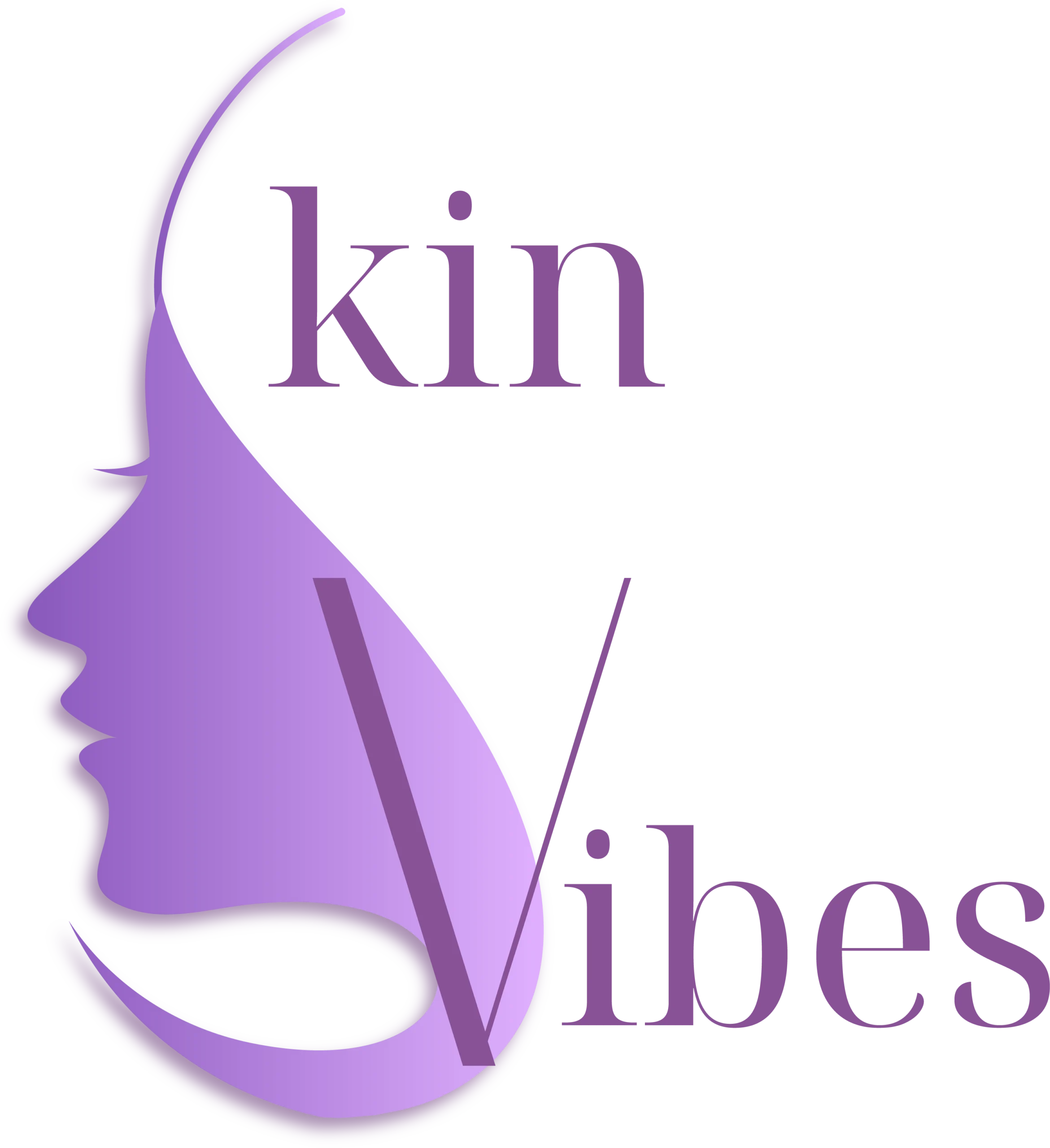
Breast augmentation is one of the most popular cosmetic procedures for women seeking to enhance their body confidence and proportions. While the results can be transformative, the recovery journey plays a vital role in achieving the best possible outcome. One of the most crucial stages in this journey is understanding what happens 1 week post breast augmentation, a time when swelling, tightness, and healing are all at their peak.
“The initial week after surgery is critical. Adequate care and following instructions can make a huge difference in the healing process and the outcomes,” says Dr. Viral Desai, a well-known cosmetic and plastic surgeon in Mumbai.
With more than two decades of experience, Dr. Desai heads Skin Vibes Clinic, a state-of-the-art skin clinic in Santacruz. He is dedicated to providing customized care, ensuring patients attain their aesthetic desires safely and efficiently. With his personalized surgical techniques and empathetic approach, Dr. Desai is a go-to name for breast augmentation in Mumbai. He has guided numerous patients through successful post-surgical recoveries.
In this blog, we focus on what to expect 1 week post breast augmentation, with expert insights to help you recover confidently and safely.
What Should You Expect 1 Week After Breast Augmentation?

Mild and moderate pain: Most patients feel some tightness or soreness in the breast area. That is usually manageable with prescribed pain medicines.
Bruising and swelling: Both are still common 1 week post breast augmentation. Swelling can sometimes look uneven and may fluctuate during the day.
Chest tightness: You can experience fullness or a feeling of pressure as your muscles adapt to the implants.
Low energy and tiredness: Feeling more tired than normal is natural because of healing and medication.
Limited mobility: You may find it hard to lift your arms or do everyday activities, particularly if the implants were inserted beneath the muscle.
Hardness in the breasts:The implants can still feel hard or high on the chest. This typically resolves over the next few weeks.
Sensitivity or numbness:The nipples and breast skin can feel a little more sensitive or numb—both are temporary in most cases.
Reducing discomfort:By day 7, most women find a decrease in swelling and pain as compared to the initial few days post-surgery.
Post-Operative Care 1 Week After Breast Augmentation
- Keep incisions clean and dry:Follow the surgeon’s directions for cleaning the site and dressings if necessary.
- Don’t submerge in water:No hot tubs, baths, or swimming—just gentle, short showers.
- Wear your surgical bra:A firm, wire-free surgical bra supports healing tissues and reduces swelling.
- Sleep on your back: Keep your upper body slightly elevated with pillows to reduce swelling and avoid pressure on the breasts.
- Limit physical activity: Avoid lifting, pushing, pulling, or any strenuous movements. Stick to light walking to encourage circulation.
- Avoid raising your arms above your shoulders: This reduces strain on the incision areas and internal tissues.
- Stay hydrated and eat balanced meals: Proper nutrition supports healing and energy recovery.
- Take medications as prescribed: Continue pain relievers or antibiotics as directed by your surgeon.
- Monitor for signs of complications: Look out for increasing redness, warmth, pus, or excessive swelling, and report them immediately.
When Should You Contact a Surgeon?
Recognizing signs that warrant medical attention is vital.
- Persistent or worsening pain: If your discomfort isn’t improving or is getting more intense even with medication, it’s time to call your surgeon.
- Fever or chills: These could be signs of infection and require prompt medical attention.
- Redness or warmth around the incision: Mild redness is normal, but spreading warmth, swelling, or skin that’s hot to the touch is not.

- Unusual discharge from incisions: Pus, foul odor, or yellow/green fluid may indicate infection.
- Sudden breast size or shape changes: A significant shift in one or both breasts, especially if paired with pain or swelling, can be a sign of complications like implant displacement or fluid build-up.
- Asymmetrical swelling: Uneven swelling between the breasts could signal a hematoma or seroma.
- Shortness of breath or chest pain: These are rare but serious and may indicate a blood clot—seek emergency care immediately.
Conclusion
The first week after breast augmentation is a critical period that sets the foundation for your healing journey. By understanding what to expect and adhering to post-operative care instructions, you can navigate this phase confidently. Remember, open communication with your surgeon is key to addressing any concerns and ensuring optimal outcomes.
At Skin Vibes Skin Clinic in Mumbai, Dr. Viral Desai offers expert care and guidance every step of the way. Trust the process, stay informed, and don’t hesitate to reach out if anything feels off.
Have concerns about your recovery? Get in touch with a seasoned specialist for prompt assistance and peace of mind.

